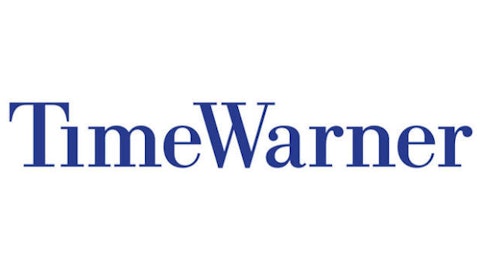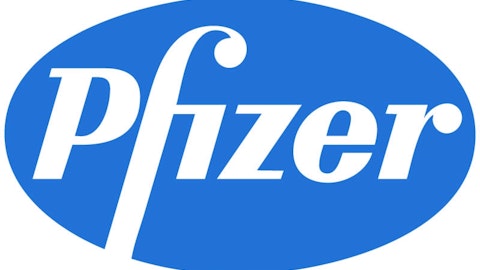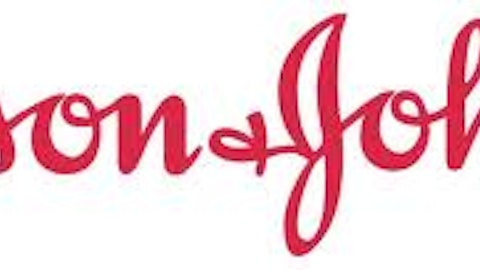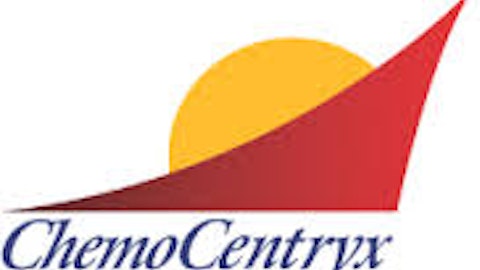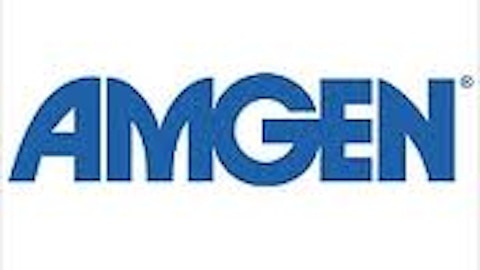In a couple of years, Amgen, Inc. (NASDAQ:AMGN) will have to face the music when the patent for its $4 billion a year drug, Neulasta, expires in the U.S. and Europe. The patent for sister drug Neupogen has already expired in Europe, and it’s set to expire in the U.S. by end of this year, jeopardizing an additional $1.2 billion in sales. Add to the mix falling sales from its kidney disease drug pipeline and questions need to be asked if Amgen, Inc. (NASDAQ:AMGN) the ability to compensate for such potential losses?
Top-tier products
Neulasta and Neupogen collectively treat the loss of certain white blood cells caused by chemotherapy, and the drugs collectively deliver $5.3 billion a year in revenue. With the European patent gone, Neupogen is to face competition in the European market from Teva Pharmaceutical Industries Ltd (ADR) (NYSE:TEVA)‘ Lonquex. The arrival of a generic drug to market can cause up to a 80% loss in revenue in the branded drug, but even if Teva was to grab just 40% of Neupogen sales, it would cost Amgen, Inc. (NASDAQ:AMGN) close to $0.5 billion a year. Teva Pharmaceutical Industries Ltd (ADR) (NYSE:TEVA) is no doubt looking to Neulasta’s patent expiration in 2015 as the big payoff. Should Lonquex grab a bigger share of the market in its first year, it could prove very costly for Amgen when a Neulasta equivalent emerges.
Enbrel is Amgen, Inc. (NASDAQ:AMGN)’s shining star of its drug pipeline. The value of the rheumatoid arthritis market is expected to reach $38.5 billion in 2017. In this market, Enbrel is grabbing an ever increasing slice of the pie: Current sales of $4.2 billion were a 14% jump on 2012 to $4.2 billion after a 4% jump the previous year. Rights to market Enbrel outside of the U.S. and Canada are reserved to Pfizer Inc. (NYSE:PFE) . For Pfizer, Enbrel delivered more than $3.7 billion in sales in 2012 and is the third biggest individual revenue earner for the company. Amgen, Inc. (NASDAQ:AMGN) currently has a collaboration agreement with Pfizer Inc. (NYSE:PFE) to market within the U.S. and Canada, but this is set to expire in October. However, royalty payments to Pfizer will remain in place until 2016, but after then all revenues from sales will belong to Amgen. Better still, the long-term potential for the drug looks secure with a patent extension to 2028.
Amgen’s Aranesp and Epogen each bring in close to $2 billion a year. The drugs are used to treat kidney disease related to dialysis, cancer, and other conditions. However, sales of each are falling from competition, weaker efficacy, and reduced dosage recommendations for Aranesp in the U.S. Aranesp competes against Procrit from Johnson & Johnson (NYSE:JNJ) ; Procrit is licensed to Johnson & Johnson (NYSE:JNJ) from Amgen, Inc. (NASDAQ:AMGN) and has the same efficacy as Aranesp. Procrit generated sales of $1 billion over the last four quarters, but it has also seen sales decline over the same period.
Competing drugs from Roche and Teva Pharmaceutical Industries Ltd (ADR) (NYSE:TEVA) are about to enter the European market. In addition, Roche’s Mircera is expected to enter U.S. markets in 2014 after a 2009 settlement between the companies — Mircera generated global sales of $410 million in 2012. Teva Pharmaceutical Industries Ltd (ADR) (NYSE:TEVA)’ Eporatio has yet to record any sales figures in Europe.
In the absence of a genuine alternative, the fall in sales for Aranesp, Epogen, and Procrit is somewhat surprising. Should a true challenger emerge, sales of all three drugs would probably plunge. As a side note, while still preliminary, research on an oral-delivered drug versus current injectable form could also shake things up. Based on current sales trends, Amgen could lose up to $300 million in revenue this year.
Growth pipeline
Amgen can take comfort in its secondary pipeline of drugs that have yet to break billion-dollar sales but are enjoying respectable growth.
Sensipar sales for 2012 were $950 million. However, with 11 competitors in the market, it will do well to continue the double-digit growth enjoyed over the past two years, but the revenues it delivers are substantial.

